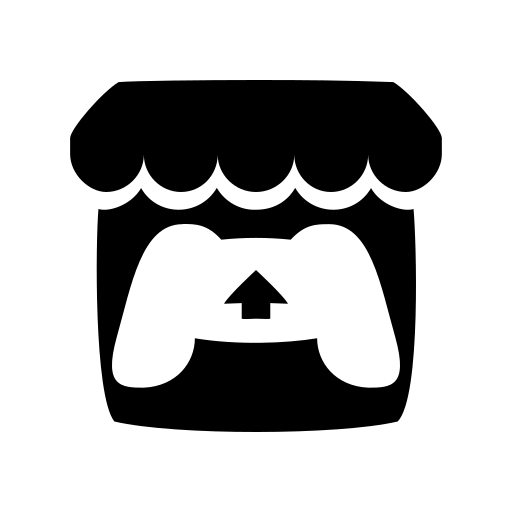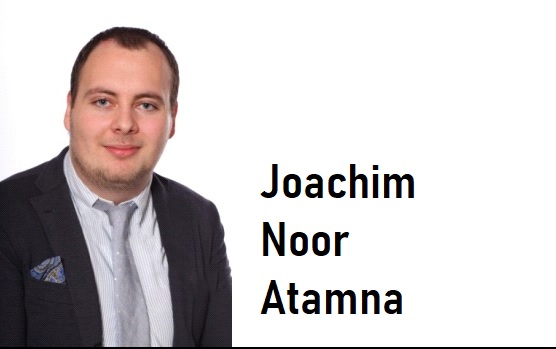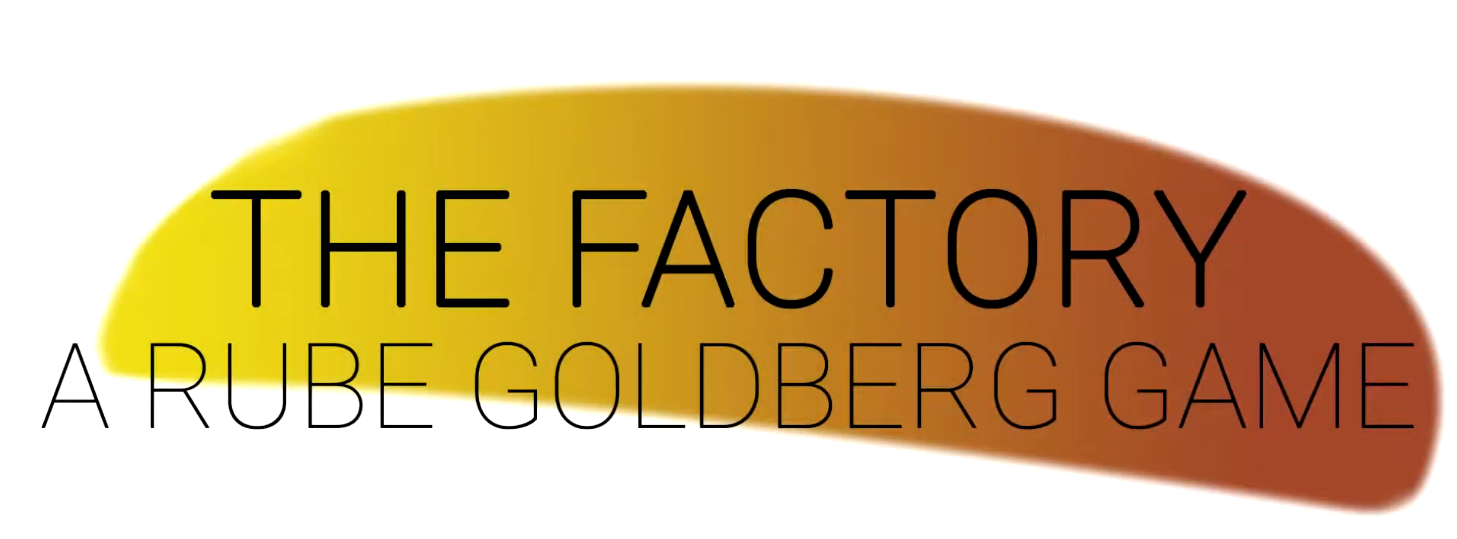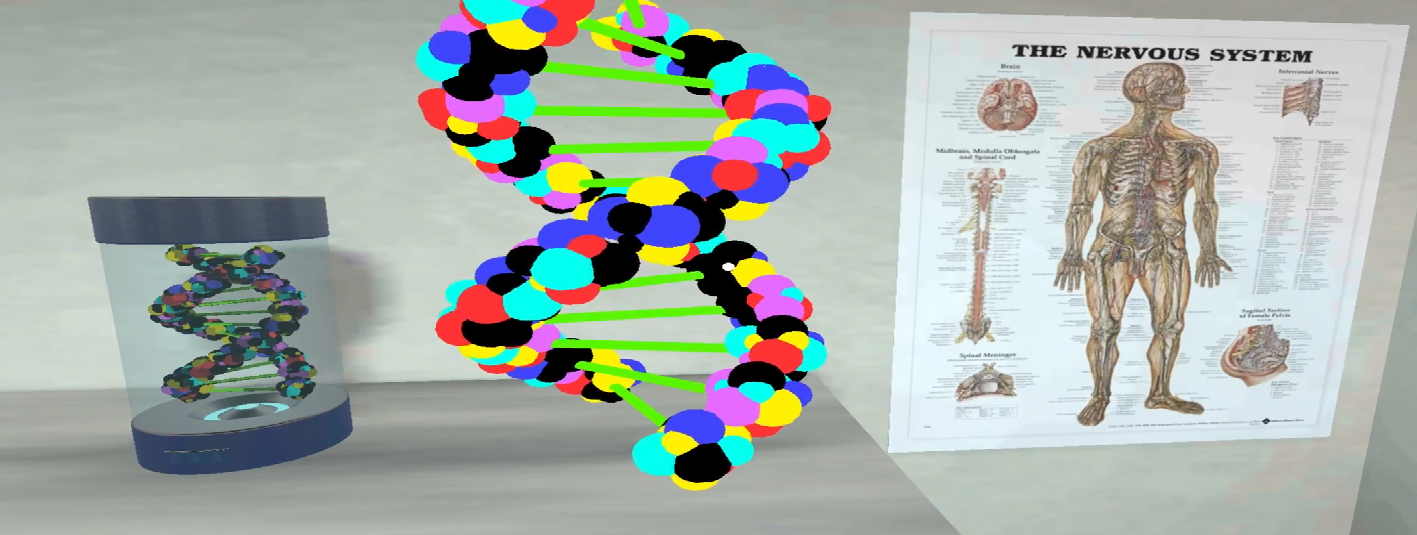


Software/Game Developer
Oslo, Norway
Fields
Programming Languages
C
GLSL
C#
C++
Java
HTML
CSS
JavaScript
Languages
English
Arabic
Norwegian




Collaborated with KDI for my Bachelor thesis creating a subsea simulated environment with virtual replicas such as industrial facilities or systems. The Digital Twin would create a virtual seabed based on real bathymetric data, and could simulate the best and shortest path between two facilities for gas/oil pipes to traverse using custom A* pathfinding.
JSHTMLWebGLCreated software that integrates parts of the KogniTwin platform hands-free with AR to work with the head mounted display RealWear.
AngularAnswered student inquiries related to subject previously taken as well as planned and coordinated study programs.
UnityGame AIWeb Development Algorithms & DatastructuresSoftware DesignBachelor’s degree in information technology with specialization in Game Programming. Parts of the curriculum includeded programming in C, C#, C++, Java, Javascript, HTML, CSS and SQL. Team leading, Agile Development with Scrum, Software Design, and Algorithms & Datastructures were also part of the education.
Learned to master the core principles of VR development, design and software implementation for HTC Vive, Oculus Rift and Google Cardboard with Unity 3D Engine.
Elected Union Representative for my platoon- underwent courses in Organizational Work, Self-Determination, Chairing, Occupational Safety and Health.